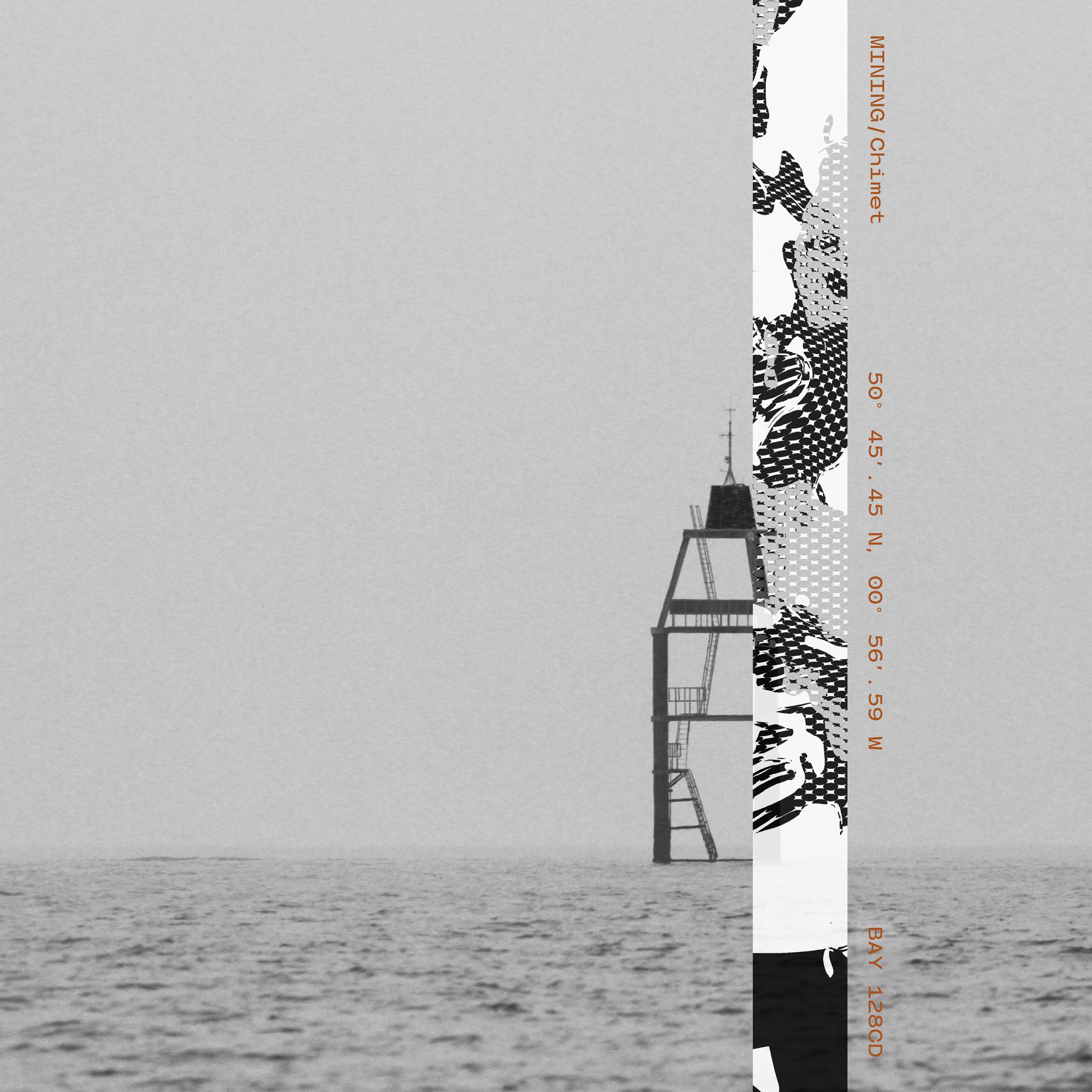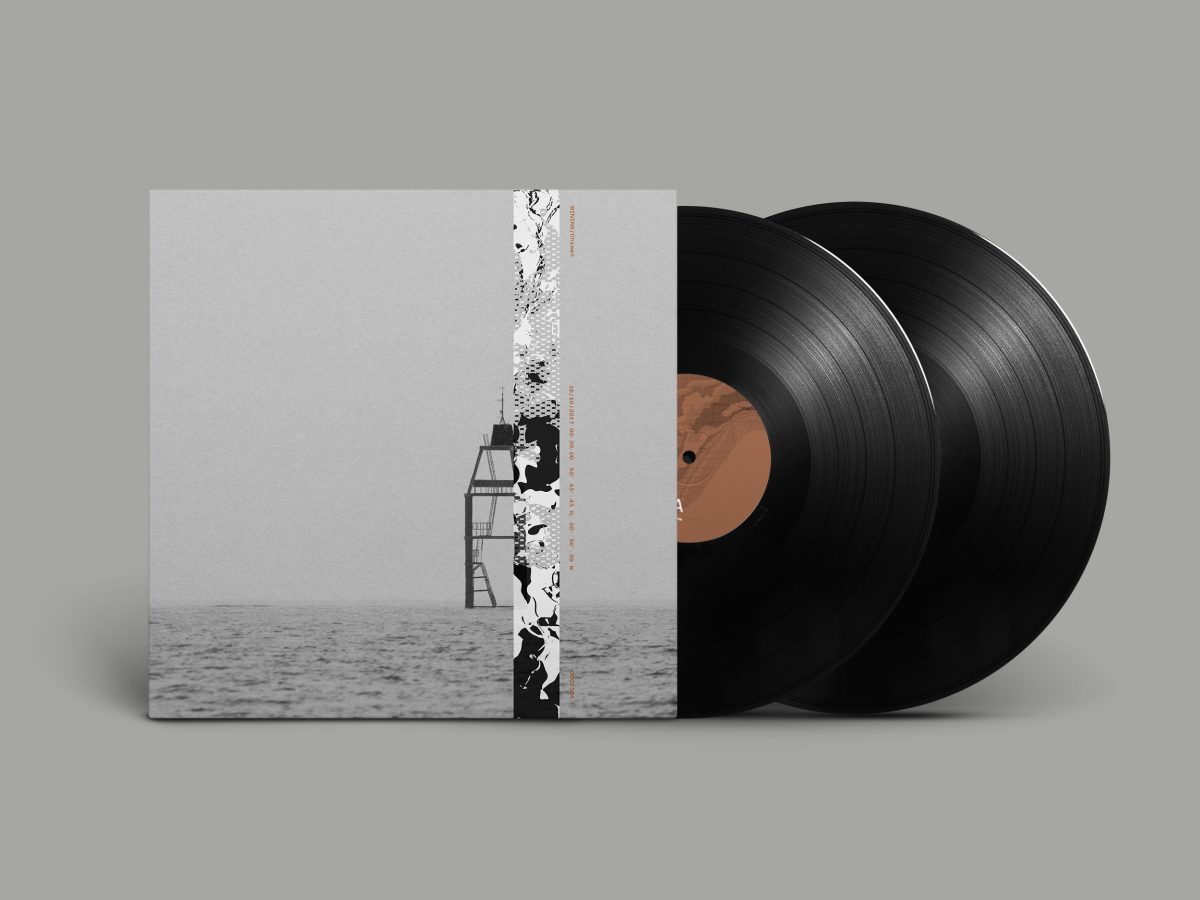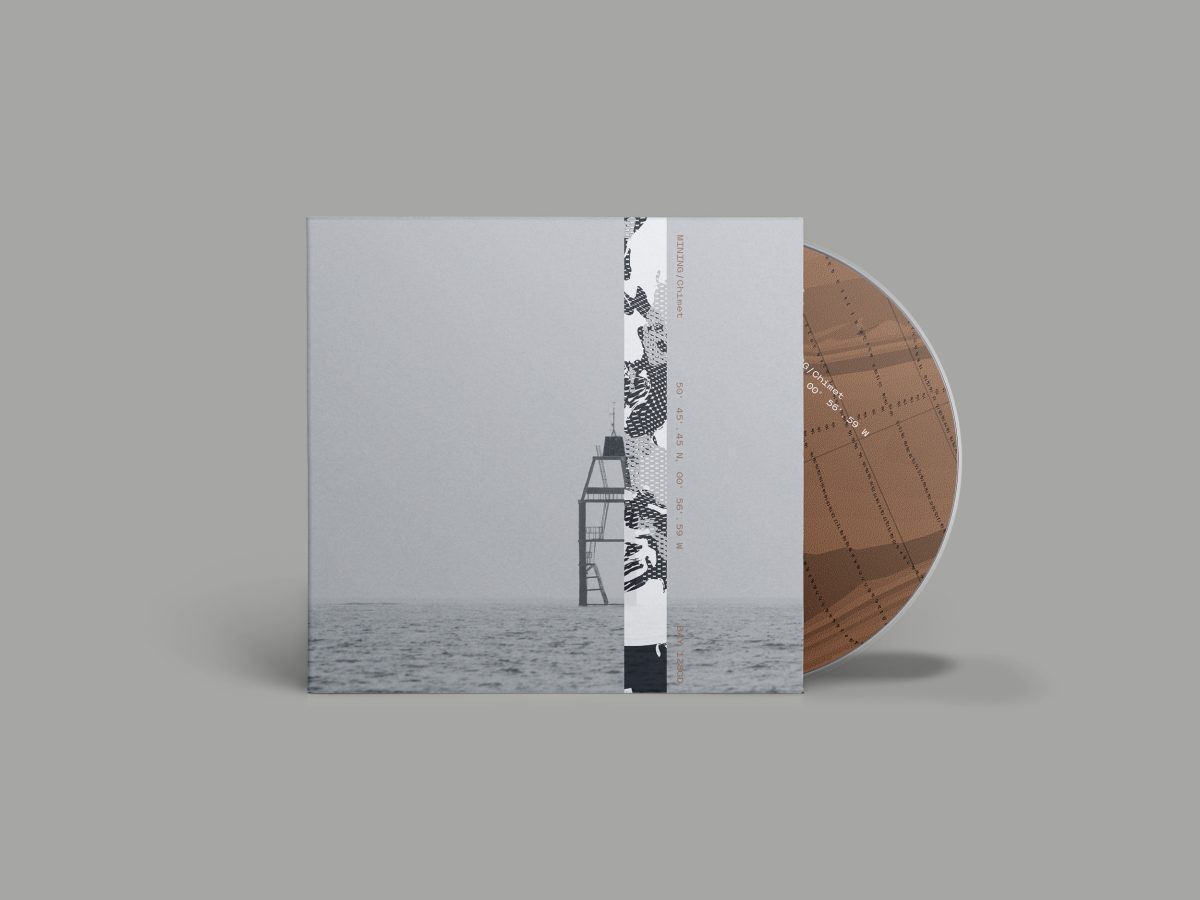In October 2017, ex-Hurricane Ophelia and Storm Brian hit the British Isles. These weather systems had formed separately over the Atlantic before moving north-east and converging. In addition to 100mph winds and widespread damage and disruption, the storms brought dust from the Sahara Desert that turned the skies orange over much of the UK. This otherworldly meteorological phenomenon serves as a fitting backdrop to Chimet.
The music on Chimet charts the progress of the two storms over the course of a week, utilising data from a weather station in the Solent. Located at 50º 45’.45 N, 00º 56’.59 W, Chichester West Pole Beacon (also known as Chimet) stands a mile offshore in Hayling Bay, West Sussex, next to a shallow shifting sandbar in some of the most treacherous waters in the UK. It serves as the primary navigation marker for the entrance to Chichester Harbour, and collects meteorological and nautical data used by numerous maritime vessels navigating the English Channel.
The album was created using 2,016 sampled data streams, collected every five minutes between 0030 on October 16th 2017 and 0025 on the 23rd, translating seven days of information into 67 minutes and 12 seconds of detailed and evolving music. With mother nature orchestrating the piece, she is joined by intuitive and powerful improvisations on piano, cello and synthesiser. The recording captures the sense of building expectation and tension, the dropping air pressure, the rising winds, the interlocking storm systems and the serene aftermath. The shifts are seamless, monumental and open to the elements.
Chimet is a record to lose yourself in. Like the sea itself, it doesn’t give up its secrets easily. The listening experience seems to change depending on your state of mind, and resonates on a primal level which belies its data led compositional approach. For generations, artists and musicians have been drawn to the sea for their inspiration. That emotional response to the vastness of the ocean is a powerful force. While the origins of Chimet lie in the numbers, the resultant record sits proudly in that artistic tradition. Music to watch the horizon to.
MINING is the vision of Craig Kirkpatrick-Whitby – data scientist, inventor and sailor. He brings together a collective of programmers, improvisational musicians, graphic designers and photographers. In searching for and manipulating complex and intricate data sets, Kirkpatrick-Whitby and sound designer PJ Davy created an evocative sound world as the foundation of the Chimet sonification project. Matthew Bourne’s improvised piano was captured in a single take, with little preparation – an instinctive reaction to the dissonant, rolling audio created by the data. Upon this structure, cello and Memorymoog synthesiser were orchestrated to add colour and shade.
Graphic designer Oli Bentley and generative artist Sock Baeus Redding took the same data to produce an edition of 504 double vinyl LPs. Each record is packaged in a unique, digitally printed sleeve, time-stamped to correspond to a specific 20-minute segment of the storm sequence. It is believed that this is the first time these data mining techniques have been used to map both the music and visual identity of an album project.
FORMATS
Vinyl
Double vinyl LP (numbered edition of 504) – BAY 128VX
CD
CD in 6-panel digipak – BAY 128CD
Digital
BAY 128E




